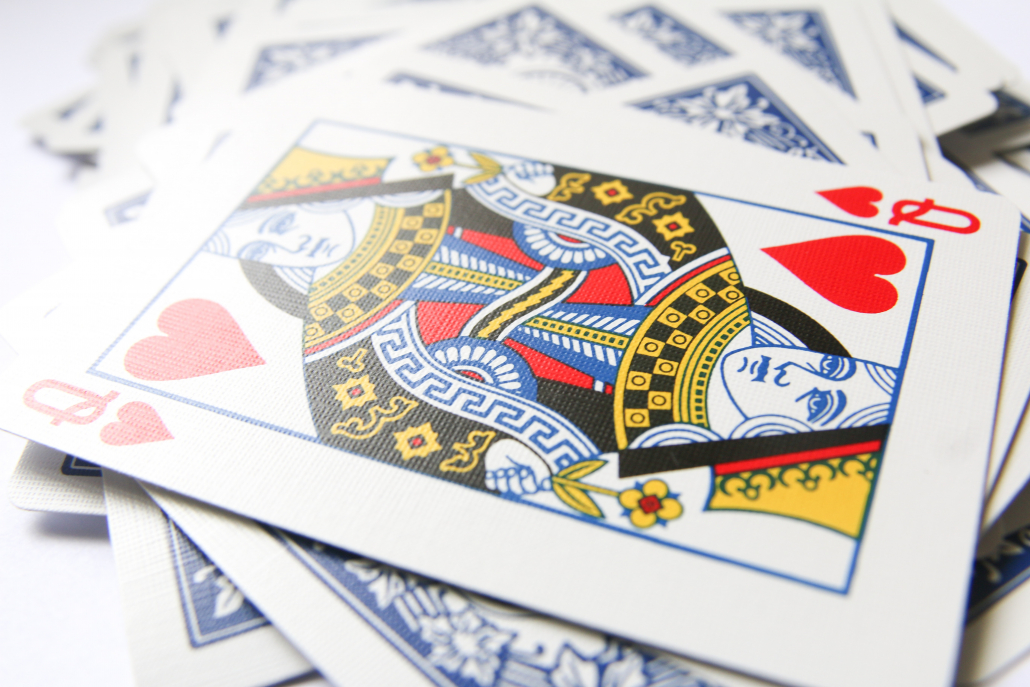10 Christmas facts to surprise your friends with
Yes, a sort of “Did you know” game that will surely put many of us in difficulty. You think you know everything about Christmas? Think again! From the religious elements you already enjoy every year, to pagan origins and other Christmas facts to surprise your friends with… there’s a little something for everyone in this list.
Also, you have to admit it could be a great topic to talk about at Christmas dinners or with your dear ones on those long conversations over the phone, if you’re not home with them on Christmas. How ’bout it?
#1. Prince Albert is to thank for the Christmas tree
When Prince Albert of Germany got a tree for his new wife, Queen Victoria of England, it really took off across the pond. A drawing of the couple in front of a Christmas first tree appeared in Illustrated London News in 1848. To use modern parlance, the idea went viral.
#2. St. Nick was more the generous type, than the jolly one
You probably already knew that the idea of Santa Claus came from St. Nicholas. The saint wasn’t a bearded man who wore a red suit; that tradition came much later. In the fourth century, the Christian bishop gave away his large inheritance to the poor and rescued women from servitude. In Dutch, his name is Sinter Klaas, which later morphed into Santa Claus in English.
#3. Coca-Cola played a part in Santa’s image
Before Coca-Cola decided to use his image for advertising, Santa’s looks tended more spooky than jolly. Then, in 1931, the beverage company hired an illustrator named Haddon Sundblom to depict the jolly old elf for magazine ads. Now, kids see visions of sugarplums instead of having Santa-themed nightmares.
#4. Hanging stockings started by accident
Legend has it, we hang stockings by the chimney with care thanks to a poor man who didn’t have enough money for his three daughters’ dowries. Generous old St. Nick dropped a bag of gold down their chimney one night after the girls had hung their freshly-washed stockings there to dry. That’s where the gold ended up, and the tradition stuck.
#5. Rudolph was a marketing ploy
Rudolph the Red-Nosed Reindeer first appeared in 1939 when the Montgomery Ward department store asked one of its copywriters to create a Christmas story for kids that the store could distribute as a promotion. The adorable movie featuring the island of misfit toys and Herbie the elf hit the airwaves (and our hearts) in 1964.
#6. “Jingle Bells” was originally a Thanksgiving song
Did we mention these are Christmas facts to surprise your friends with? We bet they didn’t know that James Lord Pierpont wrote the song called “One Horse Open Sleigh” for his church’s Thanksgiving concert in the mid-19th Century. Then in 1857, the song was re-released under the title we all know and love. Today, it’s still among the most popular Christmas songs.
#7. Astronauts broadcast “Jingle Bells” from space
Many of us have done a prank that almost went too far. Nine days before Christmas in 1965, two astronauts aboard the Gemini 6 told Mission Control that they saw an “unidentified flying object” about to enter Earth’s atmosphere, traveling in the polar orbit from north to south. Just as things got tense, they interrupted the broadcast with “Jingle Bells,” as Wally Schirra played a small harmonica accompanied by Tom Stafford shaking a handful of small sleigh bells.
#8. Mistletoe is an aphrodisiac
The holiday decoration isn’t just pretty. It’s also an ancient symbol of fertility and virility — and the Druids considered it an aphrodisiac. So the next time someone cracks a joke about meeting you under the mistletoe, consider yourself warned.
#9. Mistletoe‘s name isn’t as sweet
On the other hand, mistletoe’s name might not give you quite as many warm feelings. Mistle thrush birds eat the plant’s berries, digest the seed, and then help the plant germinate with their droppings. The Germanic word for mistletoe literally means “dung on a twig.” Romantic, huh?
#10. A Christmas gift that held a lifesaving secret
During World War II, The United States Playing Card Company joined forces with American and British intelligence agencies to create a very special deck of cards. They distributed them as Christmas gifts, but they also helped allied prisoners of war escape from German POW camps. When wet, individual cards peeled apart to reveal maps of escape routes. Sometimes truth really is stranger than fiction.






